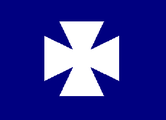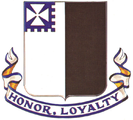
The VII Army Corps of the United States Army was one of the two principal corps of the United States Army Europe during the Cold War. Activated in 1918 for World War I, it was reactivated for World War II and again during the Cold War. During both World War II and the Cold War it was subordinate to the Seventh Army, or USAREUR and was headquartered at Kelley Barracks in Stuttgart, West Germany, from 1951 until it was redeployed to the US after significant success in the Gulf War in 1991, then inactivated in 1992.
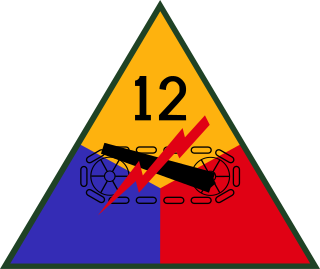
The 12th Armored Division was an armored division of the United States Army in World War II. It fought in the European Theater of Operations in France, Germany and Austria, between November 1944 and May 1945.
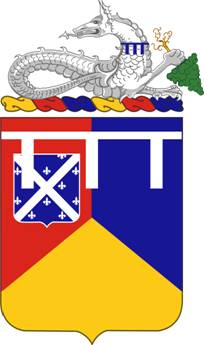
The 66th Armor Regiment is the oldest armored unit in the United States Army, tracing its lineage to the 301st Tank Battalion which served with distinction soon after it was formed in the First World War; the 301st trained at Camp Meade, Maryland, where then-Cpt. Dwight D. Eisenhower was an instructor. It has often been rumored that the 301st, the parent unit of the 66th, was first commanded by Col. George S. Patton, but this appears not to have been the case; while Patton was the first officer assigned to the Tank Corps, and while the 301st Tank Battalion was the first unit formed, Patton went nearly immediately to France to train Americans attached to Allied commands. The 301st was the only American heavy tank battalion to have seen action in the war. After the war, the 301st transitioned in the Regular Army to become the 66th Infantry Regiment by way of the 16th Tank Battalion.

The 17th Infantry Regiment is a United States Army infantry regiment. An earlier regiment designated the 17th Infantry Regiment was organized on 11 January 1812, but it was consolidated with four other regiments as the 3rd Infantry in the post-war reorganization of the army following the War of 1812, due to the shattering losses it sustained at the River Raisin. The current 17th Infantry was constituted as the 17th Regiment of Infantry on 3 May 1861.

The 50th Infantry Regiment is a United States Army infantry regiment.

The 83rd Field Artillery Regiment is a regiment of the Field Artillery Branch of the United States Army.
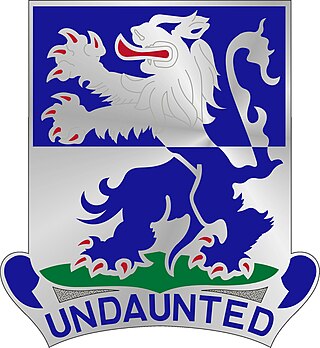
The 119th Infantry Regiment was an infantry regiment of the United States Army. The unit was an organic element of the 30th Infantry Division of the United States Army.

The 48th Infantry Regiment is an infantry regiment in the United States Army first formed in 1917.

The 6th Field Artillery Regiment is a Field Artillery Branch regiment of the United States Army first activated in 1907 from numbered companies of artillery. It was first organized with two battalions.
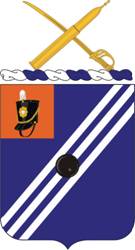
The 76th Field Artillery Regiment is a field artillery regiment of the United States Army. First formed as a cavalry regiment in 1916, the regiment was converted to field artillery in 1917, and served in Europe during World War I with the 3rd Division and as a separate battalion during World War II, as well as in peacetime at Fort Knox, KY, and Fort Devens, MA. Since 1959, the regiment has been a parent regiment under the Combat Arms Regimental System and the U.S. Army Regimental System, with regimental elements serving with the 3rd Infantry Division in Germany and Operation Iraqi Freedom, with the 7th Infantry Division in Korea, and in the Army Reserve. No regimental elements are currently active.

The 133rd Field Artillery Regiment is a parent field artillery regiment of the United States Army National Guard. It is currently represented in the Texas Army National Guard by the 1st, 3rd, and 4th Battalions.
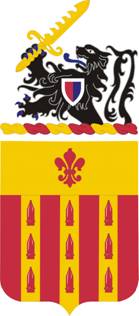
The 333rd Field Artillery Regiment is a regiment of the Field Artillery Branch of the United States Army.

The 51st Infantry Regiment is a regiment of the United States Army first established in 1917.

The 146th Field Artillery Regiment is a field artillery regiment of the Army National Guard first Constituted in 1886 as the 1st, and 2nd Regiments of Infantry.
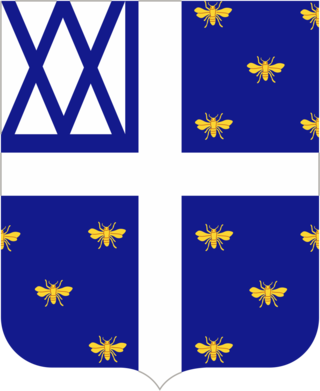
The 42nd Infantry Regiment is an inactive infantry regiment in the United States Army.
The 55th Infantry Regiment was a regular infantry regiment in the United States Army.
The 62nd Infantry Regiment was a regular infantry regiment in the United States Army.
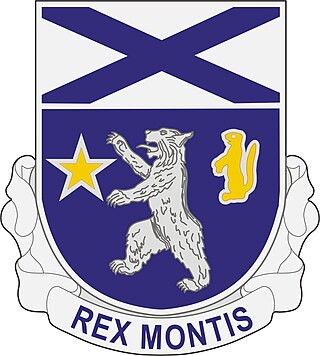
The 136th Infantry Regiment is an infantry regiment in the Army National Guard.
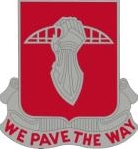
The 17th Armored Engineer Battalion was a part of the 2nd Armored Division "Hell on Wheels". During World War II, they were active in North African Campaign, and Western Europe Campaign. 17th Armored Engineer Battalion was founded on 1 October 1933 as part of the US Army. First called 17th Engineer Battalion, Motorized. It was renamed on 10 July 1940 to 17th Engineer Battalion (Armored) and assigned to the 2nd Armored Division. The unit became active and started training 15 July 1940 at Fort Benning, Georgia. Renamed again on 8 January 1942 as the 17th Armored Engineer Battalion. The Battalion is now based at Fort Cavazos, Texas. The battalion's motto was We pave the way. Tasks of the 17 included construction and demolition under combat conditions, constructing and breaching trenches, tank traps and other fortifications, bunker construction, bridge and road construction, and building destruction bridges and other physical work in the battlefield whenever needed. They also laid and cleared land mines. The 17th facilitated the movement and support of friendly forces while slowing down the enemy's forces.

Italian Army gorget patches are worn by all army personnel on the collars of the shirts and jackets of their service uniforms and formal uniforms. The gorget patches identify the arm, corps, or speciality within an arm or corps a soldier belongs to. Generals wear golden stars instead of a gorget patches, while army recruits wear silver stars until they are assigned to a unit after basic training. Originally made from colored cloth, respectively embroidered cloth for Granatieri, Carabinieri and general staff members, gorget patches have been made since 1973 from enamelled metal.




